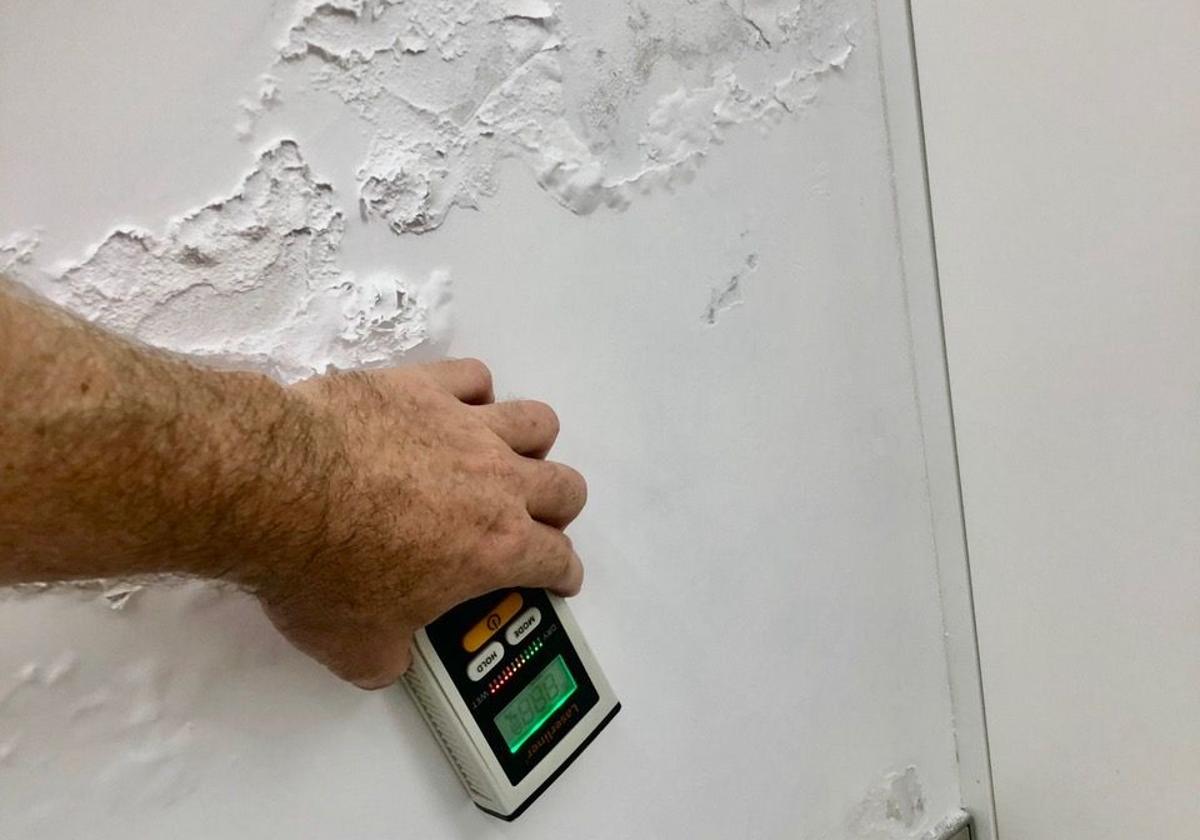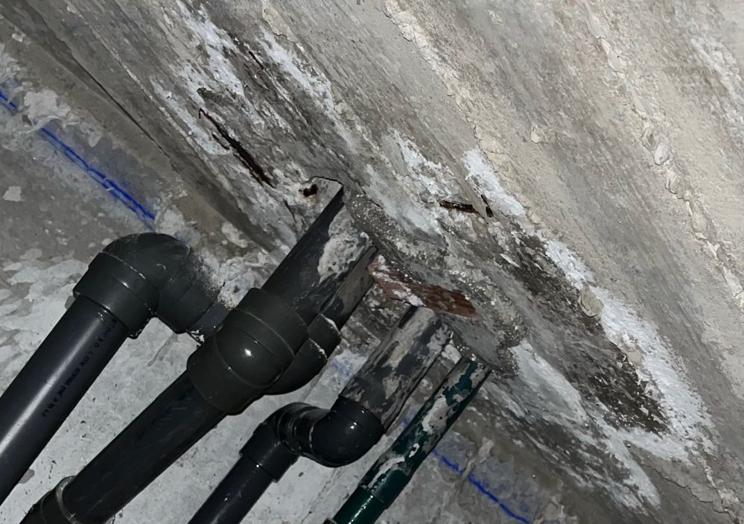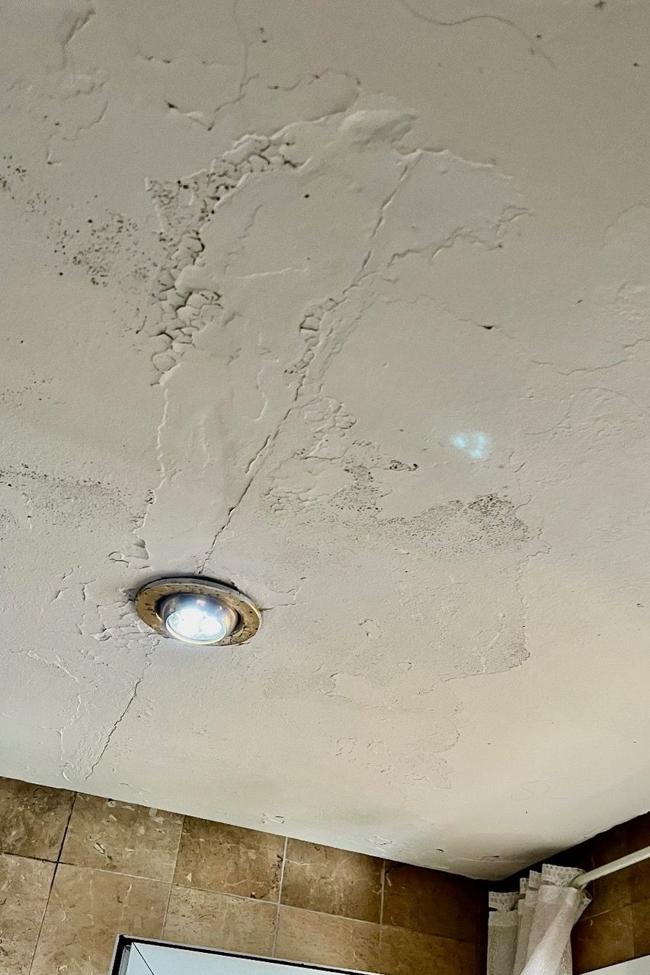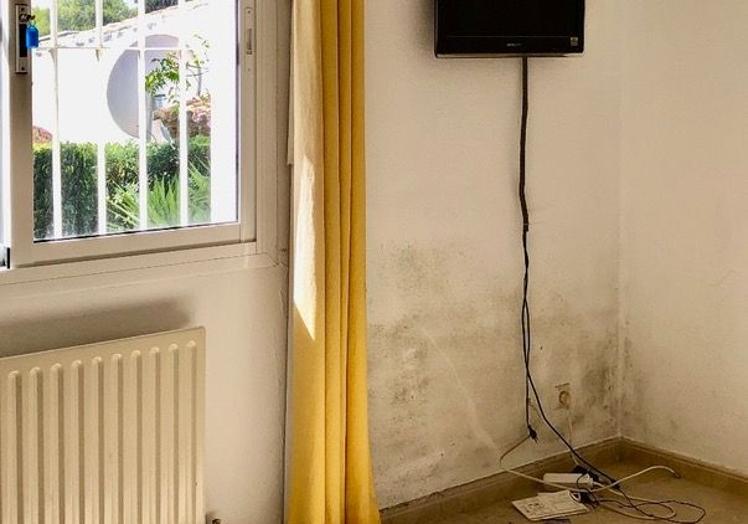

Sections
Highlight

SUR in English
Málaga
Wednesday, 29 January 2025
In Andalusia, people don’t seem to worry about these problems, the common view is soon it will be summer again and any moisture in the house will quickly disappear.
Unfortunately, things are not quite so simple; moisture is not only caused by rain. Condensation and capillary damp can also cause headaches for many homeowners.
This situation puzzles many residents, we live in a dry country, with little to no rain, most houses are built on a slope, so how can it be that houses get damp walls? Even we as home inspectors don't always find it easy to define the origin. You can't see what is happening underground!

What are the causes? The classic cause of these problems is faulty or lack of drainage/ sealing of those exterior walls which are in contact with the ground. It could also be caused by underground burst pipes which have ruptured due to subsidence or even compacting of the soil (e.g. pool).
There could also be undiscovered water pockets in the dry south of Spain, especially in mountainous areas, which collect underground and then move down the mountain to suitable exit points. Your house could be located on one of these springs or pockets.
It could of course just be the garden's own sprinkler system, because even on the dry Costa del Sol, property owners insist on verdant lawns and spectacular gardens. During our inspections, we often discover incorrectly adjusted sprinkler nozzles that spray water directly onto walls. This is very easy to rectify by changing the nozzle accordingly. But even when the systems have been correctly adjusted, if the house lacks the necessary drainage, sealing and a separating (gravel) layer around the garden, the irrigation water will reach the walls unchecked.

We often notice leaks in pools, but many homeowners don't even notice this. A pool is filled with water 24/7, and at a depth of two metres it already exerts a lateral pressure of 2000 kg/m2 on the pool walls. Due to this pressure, even small cracks lead to constant water loss. Pools are usually dug into the ground, therefore possible leaks can only be detected with great effort (and/or high water bills) or via pressure testing of the pipes, coloured gas or level tests. Pools often lose water through the built-in accessories, i.e. the floor drains, lights, jets or the counter-current system. Why not give it a try, water is scarce and expensive, do the level test on your pool (automatic filling + circulation pump off and keep a diary of the water level/loss). You will be amazed! If the pool is close to your house, the pool water that escapes from the pool will seep into outside walls and rise upwards due to the capillary effect.
There are many options, but it is usually a mix of different repairs/ improvements. Professional drainage around the house is important, with properly sealed external walls that are in contact with the ground. Pay special attention if the basement is being used as a guest apartment or similar.

The source of the moisture should be discovered and an appropriate solution found to eliminate it. For a leak in the pool, this can be crack injecting which consists of steel plugs being drilled into the concrete at regular intervals and synthetic resin being injected at high pressure. The two-component synthetic resin is mixed directly on site and reacts very quickly. The advantage is that the material reacts in contact with water and stars foaming and increasing in volume considerably, especially in areas where there are open cracks, in the concrete filled with water. The process offers excellent results.
Of course, this is not possible in porous stone such as brick or similar, as the masonry would crack and burst. There are simpler methods for brickwork where holes are also drilled into the outer wall at certain intervals depending on the seriousness of the problem. Small containers are then hung approx. two metres above them and are connected to the openings / plugs using a tube. The material - again synthetic resin - slowly penetrates the masonry by gravitational force; here the process takes two-four weeks. However, this option should always be combined with effective drainage, sealing of the exterior walls and a separating layer around the garden.

As usual, we always recommend you contact the Home Inspector Spain before you buy a property! We inspect, search and find, so you can sleep peacefully once you have bought you dream home.
Esta funcionalidad es exclusiva para registrados.
Reporta un error en esta noticia

Debido a un error no hemos podido dar de alta tu suscripción.
Por favor, ponte en contacto con Atención al Cliente.

¡Bienvenido a SURINENGLISH!

Tu suscripción con Google se ha realizado correctamente, pero ya tenías otra suscripción activa en SURINENGLISH.
Déjanos tus datos y nos pondremos en contacto contigo para analizar tu caso

¡Tu suscripción con Google se ha realizado correctamente!
La compra se ha asociado al siguiente email
Comentar es una ventaja exclusiva para registrados
¿Ya eres registrado?
Inicia sesiónNecesitas ser suscriptor para poder votar.